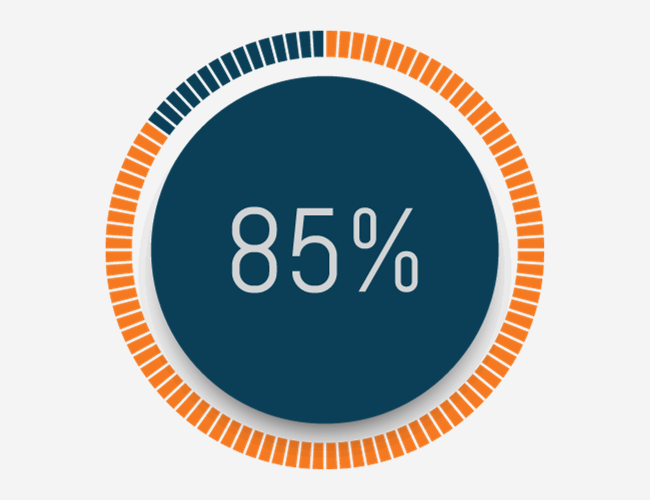The use of activity trackers is becoming more prevalent each year. In fact, it has been recently reported that 25% of Americans own a wearable device. This means that the number of tracker owners in the U.S. is greater than the entire French population. That’s a lot! Consequently, activity trackers are also becoming increasingly popular in employee wellness programs. After all, these devices promise to encourage physical activity, which improves overall wellness and increases productivity down the line – a win-win for both employees and management. Despite their popularity, there is still a debate over the efficacy of fitness trackers in promoting health. Some data from these devices tend to be clinically invalid (though good enough for recreational use), and device abandonment rate is ridiculously high.
Luckily, there’s good news. A recent New York Times article summarized two studies on the topic and came to a favorable conclusion: Fitness trackers do indeed help users live longer, people just need to stick with them.
![]()
According to the study, people with activity trackers who exercised moderately for at least 150 minutes per week reduced their risk of dying prematurely by 35%. While this reduction might not sound like much, it is a significant improvement for the increasingly unwell American workforce. Despite these benefits, individuals still struggle with keeping trackers on their wrists.
As a manager with the mission to take care of employees’ health, how do you encourage the sustainable use of wearable?
One of the easiest solutions is giving people a reason to stick with their devices. Managers can use a tracking platform that pulls data from the wristbands and aggregates them for the whole office. To increase engagement, employers can create challenges or competitions (studies show they work) and offer rewards.
If employers want to take it a step further, here’s another study to consider: According to researchers, some features of fitness trackers may be more motivating than others. For example, goal setting is critical for engagement. Along the same line, participants who received reminders to exercise are more likely to follow through, but the reminders must be personalized to their own goals. On the other hand, virtual badges are no good; participants found them to be gimmicky. This study implies that extrinsic motivation, such as the reward to an office program, might not be enough. Managers should encourage employees to set their own reasonable goals and follow through. This can be done with goal-setting and other educational seminars that can help employees establish their personal intrinsic motivation (become more fit, stay healthy, etc.).
Frequent communication with staff, preferably personalized, is also helpful. Having a dedicated person (or committee) regularly check in with people about their goals and progress deepens their engagement in the program. This way, employees will be more likely to stick with their devices, long after they cross the finish line.












